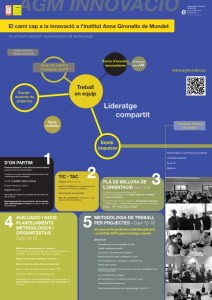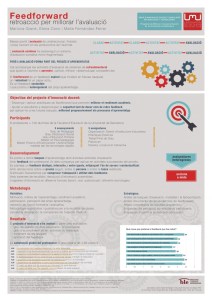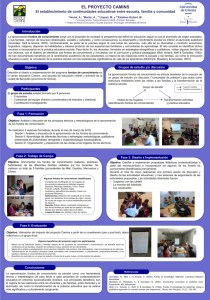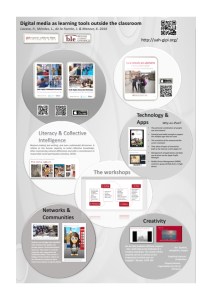Digital technologies and individual learning pathways
From the beginning of the social web, the possibilities for digital technologies have grown in direct relation to its use. Devices that were invented for a particular purpose end up serving for diverse objectives. Users found in them new functions discovered through continue practice and information exchange between them; functions that, in the beginning, were not anticipated by their designers. Perhaps the cellphone is the device that has acquired more different functions over the last two decades of this century. Something that was initially thought for communication between people no matter where they were, went on to play the most varied and unexpected uses, such as taking pictures, making financial transactions or searching information (Wikipedia), as well as acquiring and exchanging knowledge with other users. Something similar has happened in the world of entertainment in what is known as gamification. Videogames -until recently were harshly questioned by the apocalyptic of digital technologies- have become tools to individualize and personalize learning by enhancing motivation, concentration and effort in the students (p. i.e., Classcraft).
Almost all devices developed in the framework of the ICT have acquired multifunctional dimensions through the creative use of its users. Its projection in the educational context has created excellent conditions for sharing learning experiences leveraging its multimodal possibilities and richness of interactions within and outside the classroom. Digital Age has gradually transformed educational institutions by breaking down the walls of classroom that separated the learner from his/her “world of life”. Digital Age has allowed the entrance of the culture and the community, with its own uses and customs, to the space of learning, as well as its funds of knowledge. It has also accommodated a virtual world complementary to the everyday world, pushing the learner´s interests to what is distant and global. Thus, the use of digital technologies has been developed to strengthen learning opportunities in more traditional contexts (school, family, leisure or cultural institutions, etc.) and has also led to new contexts of activity and learning, like social networks, virtual communities and environments, and online games.
The new learning ecology will modify, if it has not been already changed, the teachers and students view about the meaning of education in a new reality that is both tangible and virtual. The educational community must understand that learning is projected “throughout life” or, as it is the same, throughout the different periods of the Life Span. But, also, that this happens, and will happen more and more, to the “widthwise of life”, ergo, in a rich variety of contexts of activity from work to culture and entertainment in all its shapes. In the new ecology of learning opportunities, experiences and resources will be found so that each learner can build their learning pathway or route based on their needs and interests, thereby enabling to personalize the learning process.
The purpose of this session is to reflect and share experiences of research and teaching innovation that help us move forward in the way of a better understanding and designing of situations and educational activities taking into account the different contexts and social practices in which people participate inside and outside school, and the resulting learning experiences. Besides of identifying the interest generated by this kind of learning situations, we also propose the identification of resources and people who can become a learning support source. We also pay special attention to the role that digital technologies can play in the development of personalize learning pathways or itineraries.
Para más informaciónContacta con nosotros
Bienvenido a BLE (Bridging Learning Experiences)
[contact-form-7 id=”1999″ title=”Formulario pie página”]









